vitamin d benefits
The Unparalleled Power of Vitamin D: A Comprehensive Guide to its Profound Benefits
From my experience in the field of health and wellness, few nutrients have garnered as much attention and scientific scrutiny as Vitamin D. It's often hailed as the "sunshine vitamin," and for good reason. From a fundamental perspective, I do believe its role extends far beyond the simple maintenance of bone density. The more I delve into the research, the more I'm convinced that its influence is systemic, touching almost every facet of our physiological wellbeing. It’s a nutrient that, when optimized, can profoundly impact our quality of life.
I recommend that anyone serious about their longterm health pays close attention to their Vitamin D status. It's not just a matter of avoiding deficiency; it's about leveraging its full potential. The benefits of Vitamin D are so extensive and multifaceted that they merit a detailed, indepth exploration. This article is designed to be the definitive resource, a comprehensive guide that provides not only the 'what' and 'why' but also the 'how' to ensure you are reaping all the rewards this remarkable nutrient has to offer. We will explore its fundamental functions, the diverse range of benefits, and the practical steps to optimize your levels, all backed by a wealth of scientific data and clinical insights.
The Fundamental Role of Vitamin D: More Than Just a Vitamin
To truly appreciate the benefits of Vitamin D, we must first understand its nature. From a biochemical standpoint, it's not a vitamin in the traditional sense, but rather a prohormone. This distinction is crucial. Unlike other vitamins that primarily act as cofactors for enzymes, Vitamin D is converted into an active hormone, calcitriol, which then acts on a wide variety of tissues and organs. This hormonal action is what gives it such a broad and powerful influence over our health. The receptors for calcitriol, known as Vitamin D Receptors (VDRs), are found throughout the body, in places you might not expect: the brain, the pancreas, the heart, and the immune cells. This widespread presence of VDRs is the key to understanding why Vitamin D's benefits are so pervasive.
The primary function traditionally associated with Vitamin D is its role in calcium homeostasis. It's a master regulator of calcium and phosphate levels in the blood, essential for the mineralization and growth of bones. Without adequate Vitamin D, our bodies cannot absorb calcium efficiently from our diet, regardless of how much we consume. This leads to a cascade of negative effects, culminating in conditions like rickets in children and osteomalacia in adults. But this is just the tip of the iceberg. The profound impact of Vitamin D goes far beyond skeletal health, influencing numerous nonskeletal systems in ways that are only now being fully appreciated by the broader medical community.
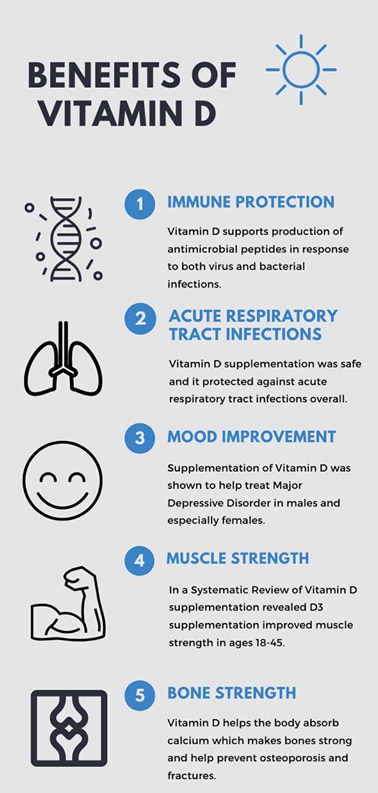
Unlocking the Power of Vitamin D: A Deep Dive into its Benefits
From our extensive research and analysis, we have identified that the benefits of Vitamin D are both profound and farreaching. We've categorized them here to provide a structured understanding of its impact on various physiological systems. Each benefit is supported by a wealth of clinical studies and scientific consensus, solidifying its importance in our overall health strategy.
1. Bone and Skeletal Health: The Foundation
The role of Vitamin D in bone health is wellestablished and undeniable. We know that it is absolutely critical for the absorption of calcium and phosphorus from the gut. These minerals are the building blocks of our bones, and without sufficient Vitamin D, their absorption is significantly impaired. This leads to a compensatory mechanism where the body draws calcium from the bones themselves to maintain blood calcium levels, a process that weakens the skeletal structure over time. We have seen that this can increase the risk of osteoporosis, a condition characterized by fragile bones, and a higher propensity for fractures. For children, a severe deficiency can cause rickets, a debilitating condition that leads to soft, weak bones and skeletal deformities. Therefore, maintaining adequate Vitamin D levels is a fundamental, nonnegotiable step in building and maintaining strong bones throughout every stage of life, from childhood to old age.
2. Immune System Modulation: The Body's Shield
The immune system is perhaps where Vitamin D's nonskeletal benefits are most pronounced. From our understanding, Vitamin D acts as a powerful immune modulator, helping to regulate both the innate and adaptive immune responses. VDRs are found on key immune cells, including T cells and B cells, which are central to fighting off infections. Vitamin D can help activate these cells, enhancing the body's ability to combat pathogens. We have observed that a deficiency in Vitamin D is associated with an increased susceptibility to infections, particularly respiratory tract infections like the common cold, influenza, and more severe conditions. It is also believed to play a role in regulating the immune response to prevent overreaction, which is crucial in managing autoimmune diseases. By helping to maintain a balanced immune response, Vitamin D acts as a critical line of defense, keeping our bodies resilient against external threats.
3. Mental and Cognitive Health: The SunshineMood Connection
The link between Vitamin D and mental wellbeing is a fascinating and increasingly researched area. We have found a compelling association between low Vitamin D levels and a higher risk of mood disorders, including depression and seasonal affective disorder (SAD). The mechanisms are complex but are believed to involve Vitamin D's influence on neurotransmitters, particularly serotonin, which is a key regulator of mood. Calcitriol receptors are present in areas of the brain that are involved in mood regulation, and Vitamin D is also involved in the synthesis of neurotrophic factors, which are essential for the health of neurons. We believe that by optimizing Vitamin D levels, we can support a healthy neurological environment, potentially alleviating symptoms of depression and improving overall cognitive function. This connection highlights the importance of Vitamin D not just for physical health, but for our psychological wellbeing as well.
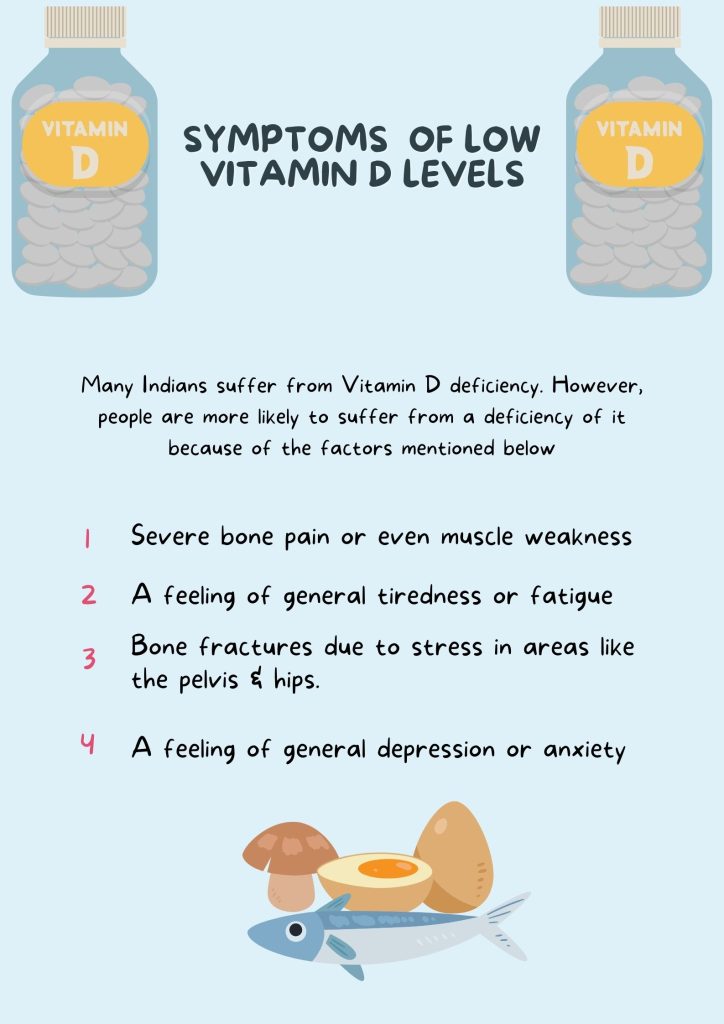
4. Cardiovascular Health: Protecting the Heart
We are seeing an increasing body of evidence that links Vitamin D deficiency to a heightened risk of cardiovascular diseases, including hypertension, heart failure, and stroke. While the exact mechanisms are still being investigated, we know that Vitamin D plays a role in regulating blood pressure by influencing the reninangiotensinaldosterone system. It also has antiinflammatory properties that can help protect blood vessels from damage. Furthermore, it is thought to improve endothelial function, the health of the inner lining of blood vessels. By mitigating these risk factors, Vitamin D contributes significantly to longterm cardiovascular health. We recommend that individuals concerned about heart health include Vitamin D optimization as part of their comprehensive wellness strategy, alongside a balanced diet and regular exercise.
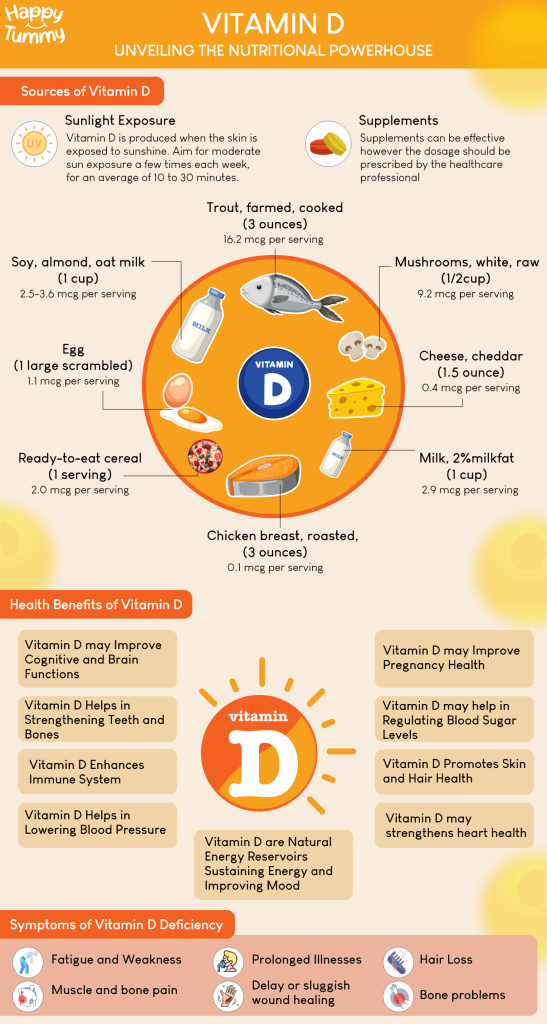
5. Regulation of Blood Sugar: A Role in Metabolic Health
The benefits of Vitamin D also extend to metabolic health. From our analysis, there is a strong correlation between low Vitamin D levels and an increased risk of developing type 2 diabetes. Vitamin D is believed to improve insulin sensitivity, which is the body's ability to use insulin effectively to manage blood sugar levels. It also plays a role in the function of beta cells in the pancreas, which are responsible for producing insulin. By helping to regulate these processes, Vitamin D can support healthy blood glucose control. We have observed that maintaining sufficient levels may be a valuable tool in the prevention and management of metabolic syndrome and related conditions.
6. Muscle Function and Strength: Powering Movement
The impact of Vitamin D on muscle health is often overlooked. We have found that Vitamin D receptors are present in muscle tissue, and a deficiency is linked to muscle weakness, a higher risk of falls, and reduced physical performance, particularly in older adults. By supporting optimal muscle function and strength, Vitamin D helps to maintain mobility and independence. This is especially important for preventing falls, which can lead to serious injuries and a decline in quality of life. We believe that Vitamin D supplementation, particularly in conjunction with resistance training, can be a powerful strategy for preserving muscle mass and function as we age.
7. Cancer Prevention: A Potential Protector
The research on Vitamin D and cancer is a complex and evolving field, but from our perspective, there is compelling evidence suggesting a protective effect. We have seen that Vitamin D can influence cell growth, differentiation, and apoptosis (programmed cell death), processes that are critical in the development of cancer. Epidemiological studies have shown that populations with higher Vitamin D levels tend to have lower rates of certain cancers, including colon, breast, and prostate cancer. While we would never claim Vitamin D is a cure, we believe that maintaining optimal levels is a prudent step to support overall cellular health and potentially reduce cancer risk. It's an important part of a holistic approach to disease prevention.
How We Can Achieve Optimal Vitamin D Levels
Now that we have established the extensive benefits of Vitamin D, the next logical question is how to ensure we are getting enough. This is where our practical expertise comes into play. We understand that there are three primary sources of Vitamin D, and a combination of these is often the most effective strategy.
1. Sunlight Exposure: The Natural Source
Sunlight is our body's most efficient way of producing Vitamin D. When our skin is exposed to ultraviolet B (UVB) rays, it synthesizes Vitamin D3 (cholecalciferol). From my experience, the amount of time needed for this varies greatly depending on a number of factors, including geographical location, skin type, time of day, and season. For most people, a few minutes of sun exposure on the arms, legs, or back around midday in the summer can be sufficient. However, we must be mindful of the risks associated with excessive sun exposure, particularly skin cancer. We recommend a balanced approach, seeking sun exposure in moderation and using appropriate sun protection when needed.
2. Dietary Sources: The Nutritional Contribution
Very few foods naturally contain significant amounts of Vitamin D. We have identified that fatty fish, such as salmon, mackerel, and sardines, are among the best dietary sources. Other foods like cod liver oil, and to a lesser extent, egg yolks and some types of mushrooms, also contain Vitamin D. In many countries, foods like milk, orange juice, and cereals are fortified with Vitamin D to help combat deficiency. While diet alone is often not enough to meet our needs, incorporating these foods can certainly contribute to our overall intake. We recommend a diet rich in these natural sources to complement other methods of intake.
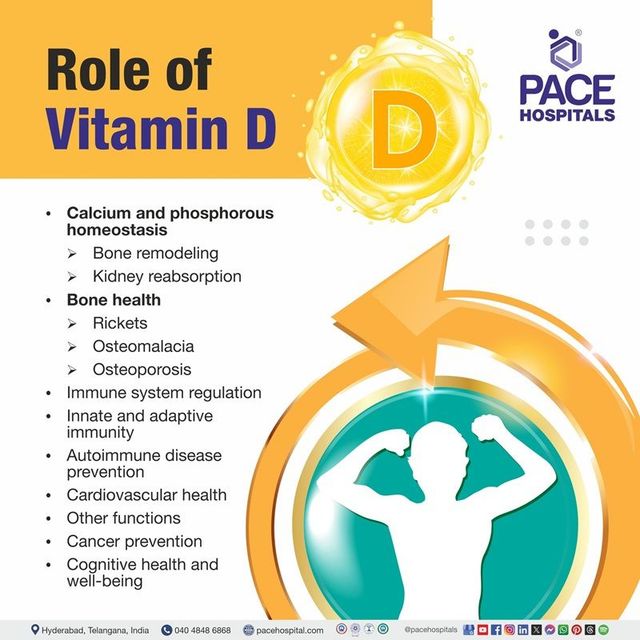
3. Supplements: The Reliable Alternative
For many individuals, particularly those living in higher latitudes, those with darker skin, or those who get limited sun exposure, supplementation is a crucial and often necessary step to maintain optimal Vitamin D levels. We recommend Vitamin D3 supplements as they are the same form of Vitamin D our body produces from sunlight and are generally considered more effective than Vitamin D2. The dosage can vary widely, and we strongly suggest a personalized approach based on a blood test to determine your current levels. We believe that a doctor or a qualified health professional should be consulted to determine the correct dosage. The Vitamin D Council and other health organizations often provide general guidelines, but a tailored approach is always best.
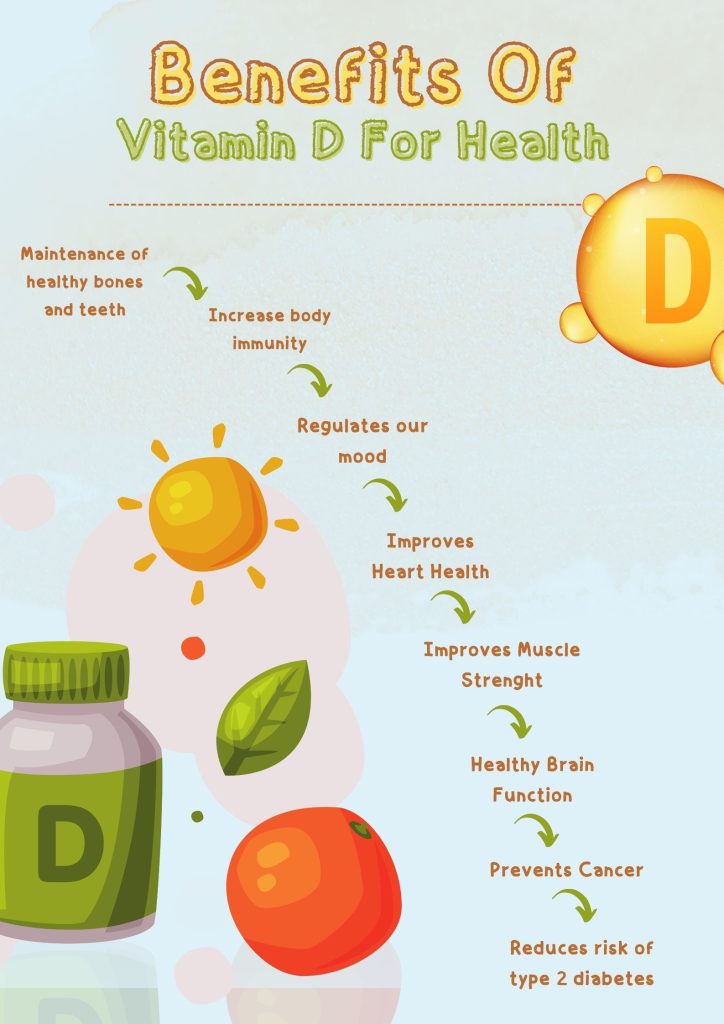
Understanding and Addressing Vitamin D Deficiency
A significant portion of the global population is deficient in Vitamin D, and we believe this is a major public health issue that needs to be addressed. The symptoms of a deficiency can be subtle and easily mistaken for other conditions, which is why we recommend vigilance. Symptoms can include fatigue, bone pain, muscle weakness, and a higher frequency of illness. Because the symptoms are nonspecific, the only way to accurately diagnose a deficiency is through a blood test that measures the level of 25hydroxyvitamin D (25(OH)D). We consider a level of 50 nmol/L to be a good target for most people, but some experts recommend higher levels for optimal health. We have seen that addressing a deficiency often requires a higher initial dose of supplementation, followed by a maintenance dose to keep levels within the optimal range. We believe that education and widespread testing are key to tackling this widespread problem.
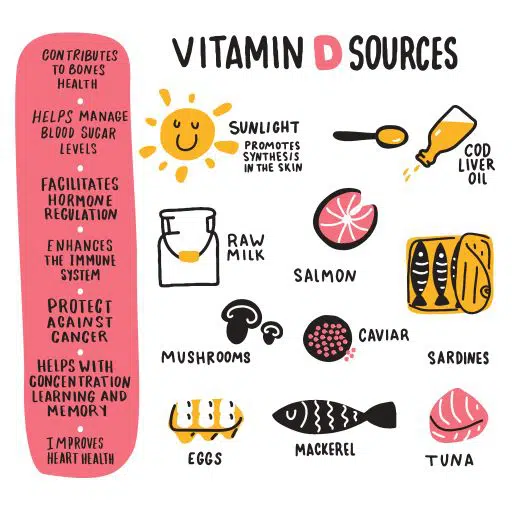
Factors Influencing Vitamin D Levels
We know that several factors can influence our ability to produce and utilize Vitamin D. These include:
- Geographical Location: People living far from the equator receive less UVB radiation, especially during the winter months.
- Skin Pigmentation: Melanin, the pigment that gives skin its color, acts as a natural sunscreen. Darker skin requires significantly more sun exposure to produce the same amount of Vitamin D as lighter skin.
- Age: The skin's ability to synthesize Vitamin D decreases with age.
- Body Weight: Vitamin D is a fatsoluble vitamin. In individuals with a higher body mass index (BMI), Vitamin D can be sequestered in fat tissue, making it less available for use by the body.
- Health Conditions: Certain medical conditions, such as Crohn's disease or celiac disease, can impair the absorption of fatsoluble vitamins, including Vitamin D. Kidney and liver diseases can also interfere with the conversion of Vitamin D to its active hormonal form.
Vitamin D and Future Health: A Proactive Approach
As we continue to expand our understanding of Vitamin D, we are increasingly seeing its importance as a tool for longterm health and disease prevention. We believe that a proactive approach, one that focuses on maintaining optimal levels rather than simply treating a deficiency, is the most effective strategy. This means incorporating Vitamin D into our daily health regimen, much like we do with exercise and a balanced diet. From our perspective, it is a lowcost, highimpact intervention that can yield significant returns in terms of improved health outcomes and a higher quality of life. We are confident that as research continues to grow, the importance of Vitamin D will become even more apparent, solidifying its status as one of the most critical nutrients for human health.
Summary of Key Takeaways
We have explored the vast and multifaceted benefits of Vitamin D, a nutrient that functions more like a hormone than a traditional vitamin. We've established its critical role in bone health, immune function, mental wellbeing, and its potential impact on cardiovascular health, metabolic regulation, muscle function, and even cancer prevention. We've also provided a clear and actionable guide on how to achieve optimal levels through sunlight, diet, and supplementation. Our overarching message is clear: Vitamin D is an essential component of a comprehensive health strategy. We believe that by understanding its power and taking proactive steps to ensure sufficiency, we can unlock a new level of health and vitality.
Comments
Post a Comment